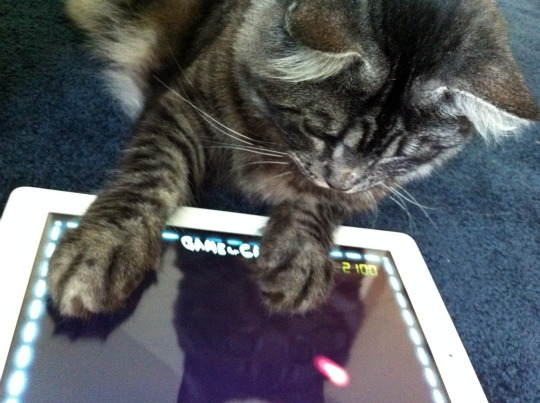For a parent of a kid with childhood apraxia of speech (CAS), it can be difficult to see the forest for the trees. There are countless occupational therapy and speech therapy sessions to rush off to for treatment for apraxia. There are IFSPs and IEPs to deal with, and a whole host of other acronyms to learn. And when your child has trouble pronouncing two-syllable words, it can be difficult to imagine him as an adult. Will he go to college? Will he have a career? These are overwhelming questions. Although speech therapy progress may seem slow at times, children with apraxia who receive intensive speech therapy at an early age often grow up to do remarkably well. Your child may even grow up to become a keynote speaker at childhood apraxia of speech conferences. In the meantime, work closely with your little one’s speech-language pathologist (SLP) and other professionals to develop the right treatment for apraxia to suit his needs.
Does Your Child Have Childhood Apraxia of Speech (CAS)?
Speech DisordersImagine this. You’re in your office, preparing to make yet another cold call to sell whatever it is your company sells. You dial the prospect’s number and run through the sales pitch in your head. All of a sudden, you can’t deliver it. Your brain knows what you want to say, but your mouth simply won’t say it. All that comes out is a couple of vowel sounds: “Aaa – ooo.” Sounds like a nightmare doesn’t it? This is what children with childhood apraxia of speech (CAS) deal with every day.
Fun Fall Activities for Speech Therapy
Speech Therapy TechniquesFor many people, autumn holds the promise of beautiful, breath-taking foliage and fun activities like apple picking. If you love this time of year, you’re probably already stocking up on hot chocolate and visiting your local farmer’s market for bagfuls of colorful pumpkins and acorn squash. (Or, if you’re like me, you’re stocking up on heavy-duty hand lotions to combat dry, lizard-like winter skin.) But if you’re a speech-language pathologist (SLP) or a parent of a speech disordered child, you’re also probably looking for ways to incorporate the season into speech therapy lessons. There are lots of fun activities to do in the fall. With a little tweaking, you can customize your family outings into engaging speech therapy activities. Plus, you’re more likely to keep your child’s attention with hands-on activities than with flashcards.
An Interview with Bonnie Korman – Mom of Two Special Needs Kids
InterviewsIf you’ve done any research into special needs, you’ve probably been surprised by just how many different disorders and conditions can affect speech and language development. Like so many parents of special needs kids, Bonnie Korman and her husband Mark had never heard of Fragile X syndrome before their two boys were diagnosed with it. Fragile X can cause a wide range of symptoms, from communication issues to sensory overload. It’s also closely linked to autism. Today, Bonnie Korman is sharing her advice about parenting special needs kids and guiding them through the ins and outs of life. She’s also offered her tips on preparing kids for the back-to-school season, and notes that it’s important to customize your back-to-school preparation to your child’s unique needs. For more on Fragile X syndrome and the Korman Family’s story, head on over to Bonnie’s blog at The Fragile X Files.
Best Back-to-School Homework Help Apps
SchoolMany children have speech and language issues as a symptom of another condition, such a traumatic brain injury (TBI) or autism. Conditions and disorders such as these often cause other barriers to academic success as well, such as problems with time management, organization, and problem-solving. Some children with a TBI may have difficulty starting a task, for example. Barriers such as these may be difficult to cope with, but equipping your child with the right back-to-school tools can help him reach his academic goals. Your child’s back-to-school tools might include Speech Buddies for articulation or a shiny new iPhone with homework help apps. Many homework help apps assist your child with time management skills and assignment tracking. On the list below, there is also an app that can even encourage vocalization. Standard note-taking apps can also improve writing skills. Many of these apps are designed for older children or high school kids.





